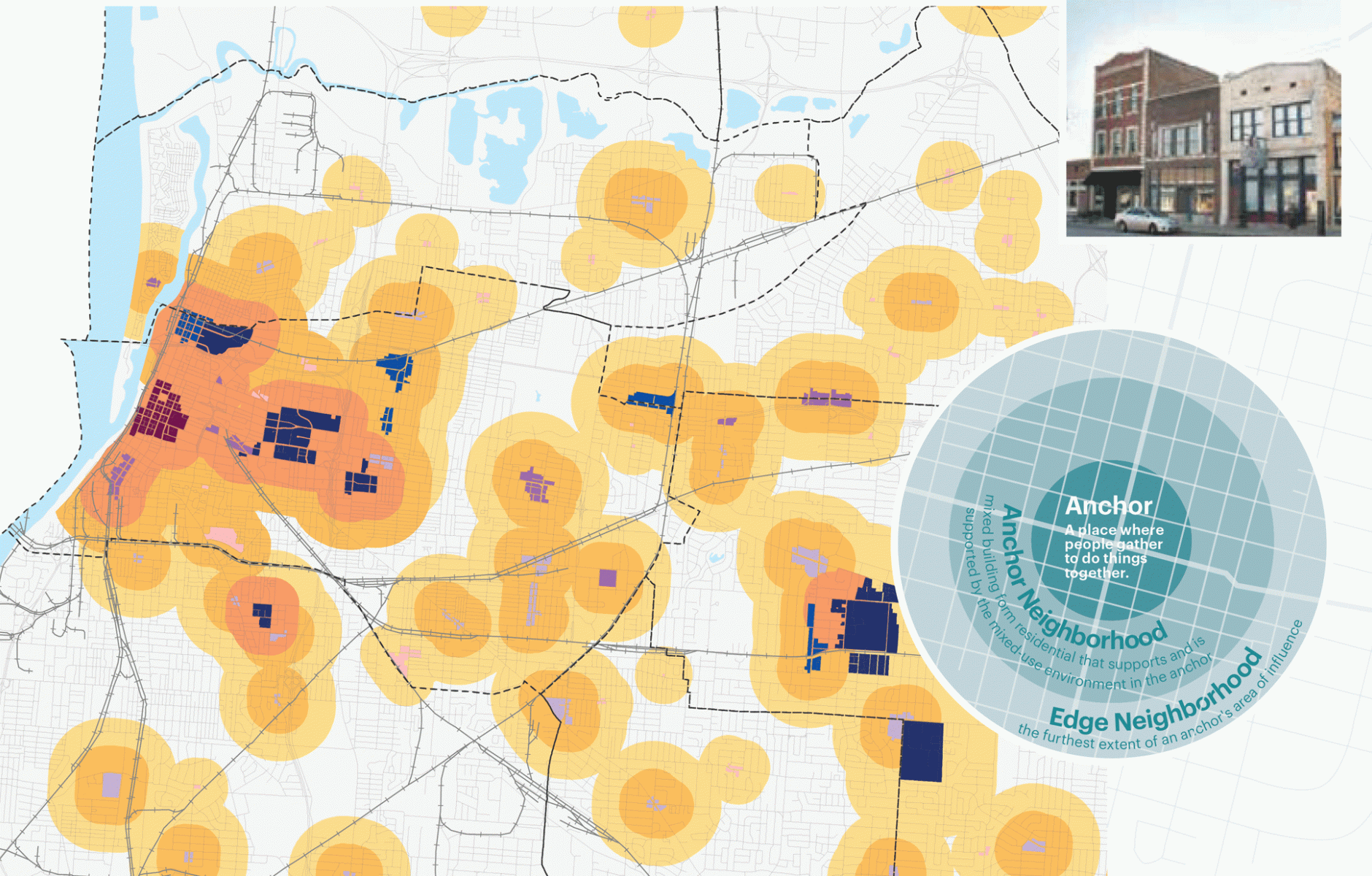
Yes, a comprehensive plan can be ‘Lean’
Add to the list of oxymorons such as “jumbo shrimp,” “deafening silence,” and “military intelligence,” the idea of a “lean comprehensive plan.”
In the planning field, a comprehensive plan often takes 30 years to update, and is usually anything but lean. As the name suggests, it covers everything about a city or town’s future goals for community development, land use, and more.
Nevertheless, the Project for Lean Urbanism, an off-shoot of the New Urbanism movement, has taken that concept seriously in its Lean Comp Plan Tool. Appropriately, the word “comprehensive” was shortened in the title, because everything about this document is concise.
The Lean Comp Plan Tool is one of six tools recently published as part of a Lean Urbanism Toolkit, which I highly recommend. The toolkit includes more obvious Lean Urbanism topics, such as “house hacking,” and “pink zones,” and also a good code reform primer, the Lean Code Tool. There are also two technical tools useful for small developers.
I may write more about these other tools, but the Comp Plan Tool caught my eye, because it seems like such an outlier for Lean Urbanism, a project with the taglines “making small possible” and “leveling the playing field for small-scale economic development.” As someone who has gotten into the weeds of comprehensive planning and seen how such plans are put together, I think it is brilliant—because it so concisely states the challenges of long-term municipal planning from a new urbanist perspective. None of the tasks will be easy or simple, but effective comprehensive planning starts with a clarity of problems and objectives. This 40-page document with loads of white space—a very quick read—does just that. One example is the admonition to “require connected street networks.”
The document states the problem: “Policies promoting limited-access and hierarchical street networks increase traffic and reduce walkability.” It identifies three strategies:
- Develop a policy that requires new development be designed with an interconnected network of streets. One simple way to do this is to establish a maximum length for block perimeters.
- Require that new development connect to adjacent streets and undeveloped properties with internal streets.
- Invest in a network of many lower-capacity (narrower) streets rather than a network of fewer higher-capacity (wider) streets.
I strongly agree with those statements, and it’s hard to imagine wording the problem or strategic response better. The approach sounds simple and right.
There is nothing more important in long-term planning than streets, because they will set the pattern for a city for, literally, centuries. Also on that topic, the Lean Comp Plan Tool tells planners to: Match the character of transportation investments to land use character. “Many new transportation investments undermine walkability, redevelopment, and commercial activation,” note the authors. Here’s the strategic response:
- Prioritize transportation modes that best support the type and intensity of surrounding land uses.
- Invest transportation funds in pedestrian, bicycle, and transit services within neighborhoods and walkable places.
- Include land use as a tool to address transportation congestion issues.
- Adopt context-sensitive transportation policies that have actionable steps.
- Map transportation context areas, either broadly (rural, suburban, walkable urban) or more specifically (C1, C2, C3, C4, C5, C6).
The emphasis on context-sensitive design, and not just vague terms like “complete streets,” is critical. The thoroughfare must fit into the context of a walkable place—for example a main street or urban neighborhood, existing or planned.
I also like the section directing cities to “Reduce cost of services through compact development policies.” The problem is stated: “Dispersed suburban development patterns have much higher service costs per housing unit than compact development.” Here’s the strategic response:
- Prioritize compact, connected development.
- Incentivize infill redevelopment through reduced or waived fees and expedited processes.
- Don’t accept dedication of over-sized suburban roadways.
- Charge a higher impact fee for low-density development.
Similar sections are included on housing, sustainability (climate change), utilities, environmental justice, and more. Perhaps the leanest comprehensive plan is one that directly leads to implementation, and doesn't just sit on a shelf. The authors have this to say: “The implementation strategy is often developed at the end of the planning process and is relegated to the appendix of the plan. A more effective implementation adds the goals and actions within each sub-section so they are easily identified and acted upon. An implementation matrix may be included in the appendix to consolidate all of the actions in a single location.”
The directness of the language of the Lean Comp Plan Tool reminds me of The Elements of Style by Strunk and White. And that’s high praise for authors Susan Henderson and Matt Lambert, editor Brian Falk, and contributors Jennifer Hurley and Hazel Borys. I hope those who are starting out their comprehensive planning process find their way to the Lean Comp Plan Tool.




